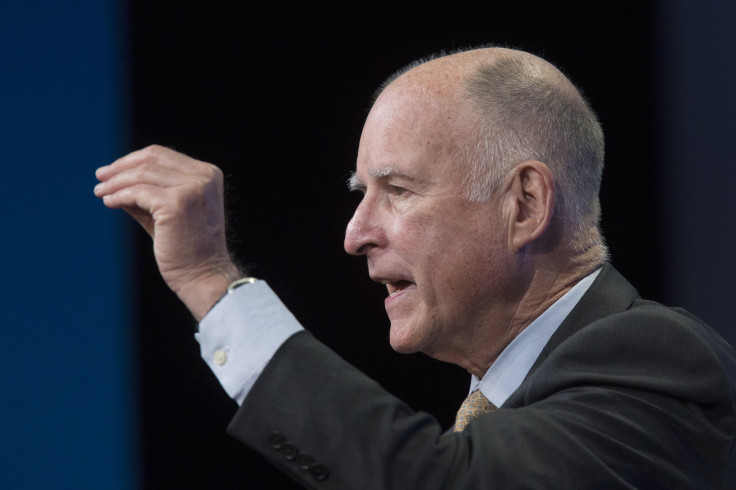California Governor Signs Aggressive Climate Change Bill

California Gov. Jerry Brown signed a climate change bill Wednesday intended to increase the state’s renewable-energy use and make buildings more energy-efficient, the Los Angeles Times reported. The legislation, put forth by Brown and Sen. Kevin de León, president pro tempore of the California State Senate, had been amended to eliminate a third component that would have required reduced gasoline use on California’s streets.
Under the new law, renewable sources such as solar and wind will be required to generate 50 percent of California’s electricity by 2030. This is a significant increase from the current target of 33 percent by 2020, and Brown said the new law will help the state lead a worldwide effort and improve the health of Californians.
“This is big,” Brown said, according to the Los Angeles Times. “It’s also big because it’s local in application.”
The law will also require the state's energy efficiency to double by 2030, which means existing buildings might need to install newer appliances or improve heating and air conditioning systems.
.@JerryBrownGov signs landmark legislation by @kdeleon to #ActOnClimate #SB350: http://t.co/C4WmqwFXKa pic.twitter.com/mD4PtAICND
— Gov. Brown Press Ofc (@GovPressOffice) October 7, 2015“What we’re trying to do is facilitate, where necessary, the marketplace for energy efficiency, for building upgrades, for remodels,” said Andrew McAllister, a commissioner at the California Energy Association, the Los Angeles Times reported.
After a tug-of-war with oil companies, though, Brown and de León lost on a component of the bill that attempted to cut petroleum use by half in the state, the Associated Press reported. Brown and Democratic leaders blamed the loss on a multimillion-dollar advertising campaign waged by oil companies.
The law is expected to spur development of more solar and wind power plants, but experts said that new challenges could arise. Since it is difficult to predict where there will be sunshine and where it will be windy, Californians might need to invest in storage facilities and other initiatives to make sure electricity is available.
© Copyright IBTimes 2024. All rights reserved.





















